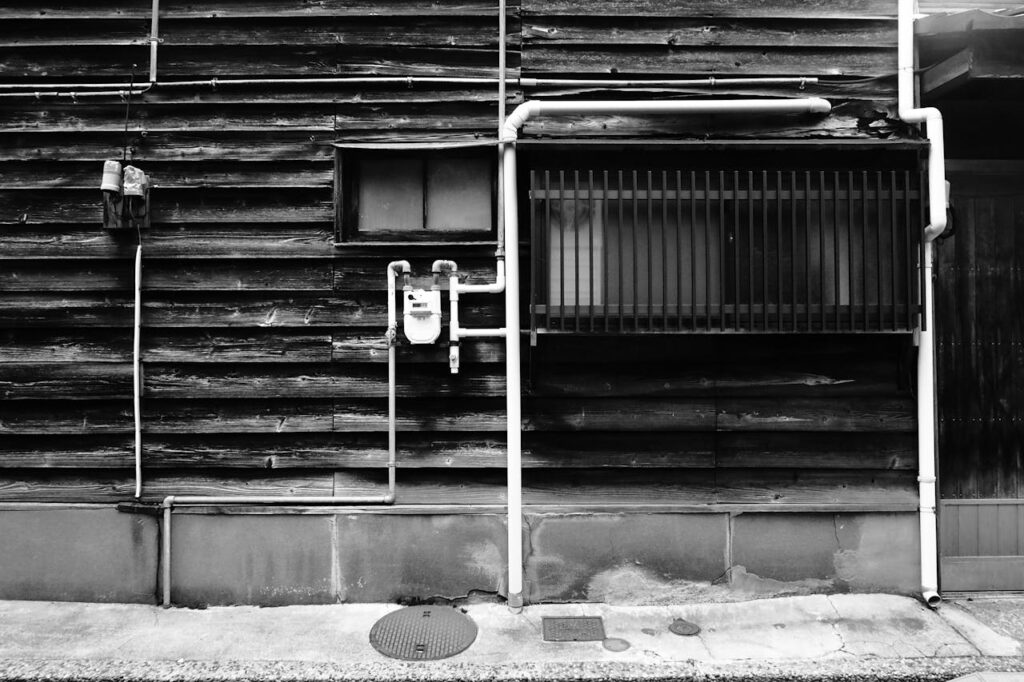Key Takeaways:
- Pipeline maintenance is crucial for infrastructure safety and efficiency.
- Advancements in technology are revolutionizing pipeline maintenance techniques.
- Understanding the different methods and tools can help industries choose the best solutions.
Table of Contents:
- Importance of Pipeline Maintenance
- Common Pipeline Problems
- Traditional Maintenance Techniques
- Modern Techniques and Tools
- Future of Pipeline Maintenance
- Conclusion
Importance of Pipeline Maintenance
Pipelines are the arteries of various industries, supplying critical resources like water, gas, and oil. Proper maintenance is vital not only for operational efficiency but also for environmental safety. A neglected pipeline can lead to disastrous leaks and environmental degradation, making effective management essential. With evolving urban landscapes and expanding industrial activities, ensuring the pipelines remain in optimal condition is imperative. Modern techniques for repairing deflected pipes ensure pipelines maintain their integrity and efficiency. This reduces the chances of failures that can disrupt supply chains and impact the economy.
Common Pipeline Problems
- Corrosion
- Leaks and Spills
- Pressure Fluctuations
- Blockages
Each of these issues can severely impact the lifespan and functionality of a pipeline. Corrosion is often caused by chemical reactions between the pipe material and its environment, leading to material degradation. Leaks and spills are usually the result of wear and tear or external damage, presenting environmental hazards and potential economic losses. Pressure fluctuations can be caused by various factors, including blockages, typically due to debris or sediment build-up within the pipeline. Identifying and understanding these common problems is the first step in formulating a robust maintenance strategy. Regular monitoring and proactive measures can mitigate these issues before they escalate into major crises.
Traditional Maintenance Techniques
Routine inspections and repairs have long been the foundation of pipeline maintenance. Traditional methods include visual inspections, pressure testing, and manual repairs. Visual inspections involve physically examining the pipeline for signs of wear, damage, or corrosion. Pressure testing ensures the pipeline can withstand the operational pressure without leaking, typically involving filling the pipeline with water or gas and checking for pressure loss. Manual repairs are carried out when issues are detected, which can be time-consuming and labor-intensive.
While these techniques have been reliable for many years, they have limitations. They often require pipeline shutdowns, which can be disruptive and costly. They also rely heavily on human expertise and can be prone to human error. Additionally, some issues may need to be more easily detectable using these traditional methods, leading to potential oversights. This underscores the need for more advanced, efficient, and reliable maintenance techniques.
Modern Techniques and Tools
Modern technology has introduced more efficient and effective methods for pipeline maintenance. Techniques such as remote monitoring, pipeline rebounders, and advanced robotics are revolutionizing the industry. These innovations not only improve accuracy but also significantly reduce downtime. Remote monitoring involves continuously monitoring sensors and IoT devices to monitor real-time pipeline conditions. This enables the timely identification of abnormalities that can be addressed before they escalate into major problems. Data from these devices can be analyzed to predict potential failures and optimize maintenance schedules.
- Remote Monitoring: Using sensors and IoT devices to monitor real-time pipeline conditions.
- Pipeline Rerounders: Specialized tools used to restore the circular shape of pipelines, improving flow efficiency.
- Advanced Robotics: Robots designed to travel through pipelines, identifying and addressing issues precisely.
Pipeline rebounders are specialized tools used to restore the circular shape of pipelines that may have been deformed due to various factors. This helps improve flow efficiency and extend the pipeline’s lifespan. Advanced robotics involves using robots that can travel through pipelines and conduct inspections and repairs with high precision. According to a recent market report, adopting these advanced technologies is expected to grow exponentially in the coming years. These innovations enhance the accuracy and efficiency of pipeline maintenance and contribute to safer and more reliable operations. By leveraging these modern techniques and tools, industries can significantly improve pipeline performance and longevity.
Future of Pipeline Maintenance
The future of pipeline maintenance looks promising with ongoing research and innovation. Integrating AI and machine learning can further optimize the maintenance process, predicting issues before they arise and automating complex tasks. AI algorithms can analyze data collected from remote monitoring devices to identify patterns and predict potential failures. Machine learning models can improve accuracy over time, providing more reliable predictions and recommendations. The industry’s move towards sustainable practices also means that future technologies will focus on minimizing environmental impact.
This includes developing more efficient maintenance techniques that reduce energy consumption and emissions. For example, remote monitoring and advanced robotics can help detect issues early, preventing significant failures that could lead to environmental damage. Using environmentally friendly materials and practices in pipeline construction and maintenance can contribute to sustainability. Additionally, future technologies may include using renewable energy sources to power maintenance equipment and systems. The pipeline maintenance industry can achieve higher safety, efficiency, and sustainability standards by leveraging these advancements.
Conclusion
Maintaining pipelines efficiently is critical for safety and operational success. With the advent of new technologies, the industry is better equipped to handle the challenges of pipeline maintenance. The move towards predictive and automated maintenance will ensure even higher safety and efficiency standards as advancements continue. Integrating modern techniques such as remote monitoring, pipeline rebounders, and advanced robotics has already shown significant benefits. By adopting these innovations, industries can improve pipeline performance, reduce downtime, and enhance operational efficiency.
In addition, the focus on sustainability and the integration of AI and machine learning will drive further advancements in pipeline maintenance. These technologies will provide more accurate predictions and recommendations, enabling proactive maintenance strategies that prevent significant failures. Overall, the future of pipeline maintenance looks promising, with continuous improvements and innovations driving the industry toward safer, more efficient, and more sustainable practices. By staying informed and adopting the latest technologies and techniques, industries can ensure their pipeline networks’ reliable and efficient operation.

